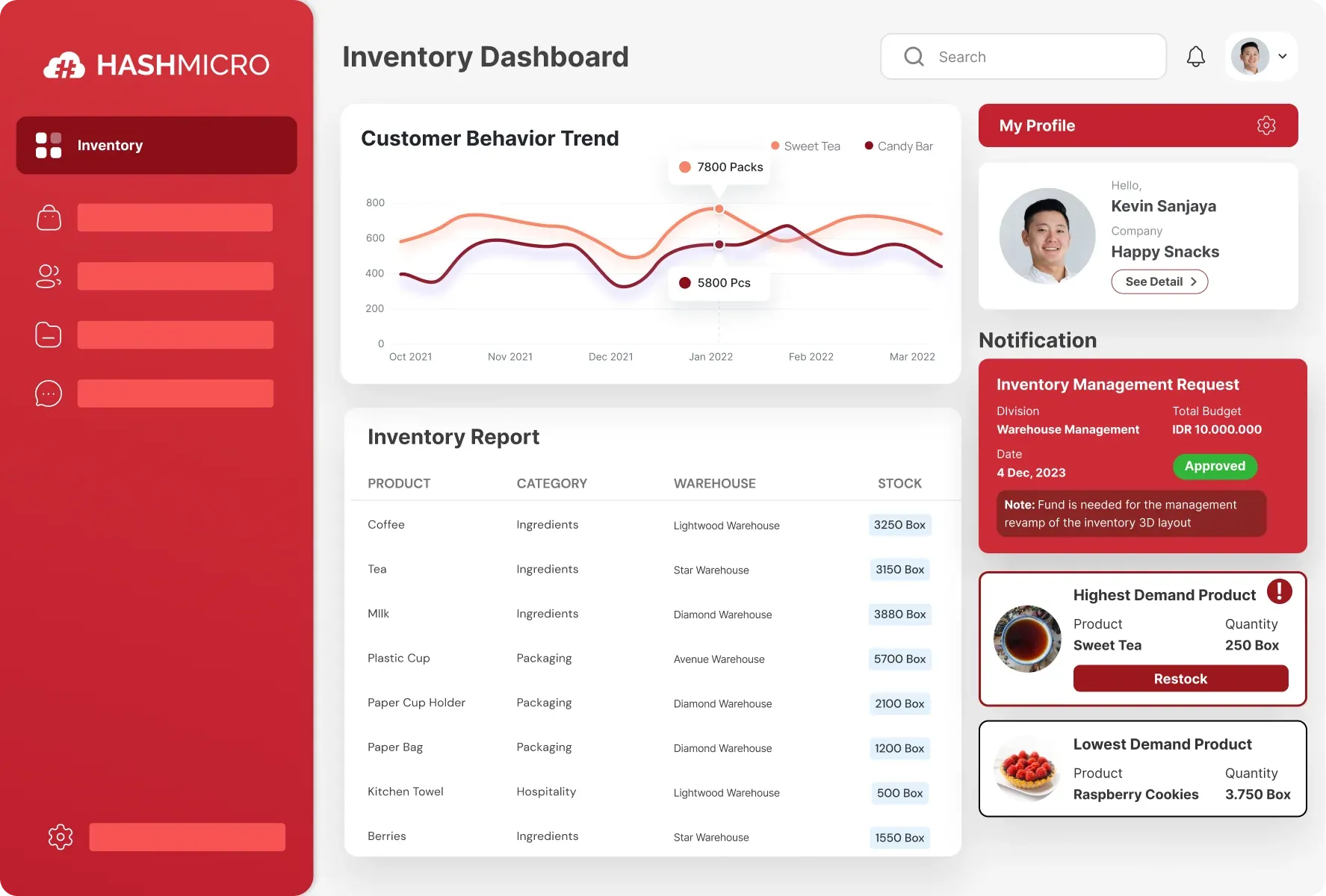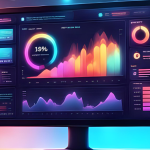Not quite raw, not quite ready. Semi-finished goods are the overlooked middle link in most production chains. These are the components that have already undergone some level of processing, yet still require additional work before they can be sold as finished products.
Despite being “in progress,” they carry real value. In many industries, managing semi-finished inventory is just as critical as tracking raw materials or final stock. A missing spool of thread, a delayed glass panel, or an unscanned wiring component can stall an entire production line.
That’s why businesses need to treat these items with the same importance as any other inventory category.
In this article, we’ll break down what semi-finished goods really are, how they’re used in different industries, why they’re excluded from GDP, and what it takes to manage them effectively.
Key Takeaways
|
Table of Contents
What Are Semi-Finished Goods?
Semi-finished goods, sometimes referred to as intermediate goods or sub-assemblies, are items that have been partially processed and are later used as components in the production of final products intended for sale. These goods can encompass various materials, parts, or assemblies.
Partially completed items known as semi-finished products are commonly integrated into final goods sold to businesses or consumers. These components play a critical role in manufacturing, where the process often involves putting together multiple semi-finished items.
Typically, there are three main ways semi-finished products are produced and utilized:
- Companies purchase semi-finished products from external vendors.
- Companies create their own intermediate goods for internal use. For instance, a furniture manufacturer may produce wooden panels in-house to be used in assembling desks or cabinets.
- Companies manufacture semi-finished products to supply other businesses.
Semi-Finished Goods Explained
Businesses either purchase raw materials from various producers or process them on their own. When a company buys semi-finished goods from another business, those items are considered the final output for the seller, but only part of the process for the buyer.
That’s why these items are also called intermediate goods.
- Raw materials come directly from nature, such as minerals, metal ores, or crops like wheat.
- Finished goods are the end products that consumers purchase.
- Between these two stages, there are many steps and trades.
At each stage, one industry creates or sells partially processed items to another. At this point, managing inventory levels during these transitions is crucial to maintaining production flow. These steps gradually increase the value of the product until it’s ready for the final customer.
Semi-Finished Goods and Production

Yarn is made from raw materials like wool, cotton, or polyester. Once the raw material is spun into yarn, its value increases. That yarn can then be woven into fabric, which may later be used to produce clothing, furniture covers, or other household items.
Sometimes, whether something is considered a finished or intermediate good depends on how it’s used. For instance, fabric sold directly to consumers is a finished product. But if it’s sold to a clothing company for use in making garments, it’s seen as a semi-finished good.
Keeping track of this stage helps prevent stockout situations during fabric or garment production.
Economists exclude intermediate goods from GDP calculations to avoid counting the same value more than once. GDP reflects the total value of all goods and services produced in a country or region.
Since the value of semi-finished items is already included in the price of finished goods, tracking them separately can also help businesses better manage their cost of revenue.
Semi-Finished Goods in the Calculation of GDP
Gross Domestic Product (GDP) measures the total value of final goods and services produced within a country. To understand how semi-finished goods fit into this, let’s look at a simple example:
- A metal supplier sells raw copper to Electronics Company A for ₱200.
- Company A turns the copper into wiring and sells it to Appliance Manufacturer B for ₱350, adding ₱150 in value.
- Company B uses the wiring to assemble electric fans, which are then sold to consumers for ₱600, adding another ₱250 in value.
Although the copper and wiring were sold at earlier stages, only the ₱600 paid by the end consumer contributes to the Philippines’ GDP. The earlier transactions (₱200 and ₱350) are not counted separately, because their value is already included in the price of the finished electric fan.
This avoids double-counting and gives a more accurate picture of total economic output.
Examples of Semi-Finished Goods
Semi-finished goods are essential in the production of a wide variety of final products. Below are three everyday examples that highlight how different industries in the Philippines use them:
1. Electronics
Mobile phone manufacturers often rely on semi-finished components such as circuit boards. These boards are produced by suppliers and then further assembled in-house with chips, sensors, and screens to create the finished device.
A screen alone, for example, might be sourced from a separate vendor and integrated during final production.
2. Food Processing
A local snack company producing banana chips may use semi-finished goods like peeled and sliced bananas that have been partially dehydrated by another supplier.
They also use processed coconut oil and sweeteners, each of which has already undergone earlier stages of refinement before being used in the final packaging and flavoring.
3. Furniture Making
Philippine furniture makers often use materials such as pre-cut rattan, treated wood panels, or pre-sewn upholstery fabric. While these items aren’t raw materials, they still need shaping, polishing, or assembly before becoming finished furniture ready for sale.
These examples show how partially-done goods serve as the building blocks in many types of production.
Get Total Control Over Semi-Finished Inventory with HashMicro

In response to the problems presented above, HashMicro’s inventory management system, powered by Hashy AI, is created to maintain full visibility over all types of inventory, including semi-finished goods, across multiple warehouses or production sites.
With AI-driven demand forecasting, automated stock recommendations, and seamless integration with procurement and manufacturing modules, companies can reduce waste, balance stock levels, and keep production on schedule.
Here’s how HashMicro’s features help with the production and distribution of goods, which is to:
- Generate material requests automatically based on real-time production demand to keep workflows moving without manual intervention.
- Trigger reordering suggestions for semi-finished goods using stock run rate and forecasting logic to prevent stockouts.
- Track every stock movement in detail with stock card reports that show transfers, usage, and status changes of semi-finished goods.
- Manage internal transfers, receiving, and delivery orders to monitor how semi-finished inventory moves between warehouses or production zones.
- Run quality checks on semi-finished goods during receiving, transfers, or delivery to ensure only approved items move to the next stage.
- Apply smart putaway rules based on product type, category, or available space to organize semi-finished goods efficiently in storage.
Conclusion
Semi-finished goods are partially processed items that play a key role in creating final, sellable products. They add value between raw materials and finished goods, and are crucial in many production industries.
Managing them manually often leads to stock errors, bottlenecks, or production delays you can’t afford to risk. With HashMicro’s inventory software, you get full control, clear visibility, and smarter decisions across your supply chain.
Automate planning, monitor every stock movement, and manage semi-finished inventory with greater accuracy and control. With HashMicro, you’re equipped to make faster decisions and maintain smooth production at every stage.
If you’d like to know more about how this system works in your favor, schedule the free demo now!
FAQ on Intermediate Inventory
-
How are partially processed items valued in accounting?
They are recorded as assets based on total accumulated costs—materials, labor, and allocated overhead.
-
What’s the difference between intermediate inventory and work-in-progress?
Intermediate items are ready for use in the next stage, while WIP is still being actively processed.
-
Why are these items considered time-sensitive?
Delays in using them can lead to quality issues, storage problems, or production disruptions.
-
Can they be customized for specific buyers?
Yes, many intermediate components are adjusted or pre-processed to match customer requirements before final assembly.







































